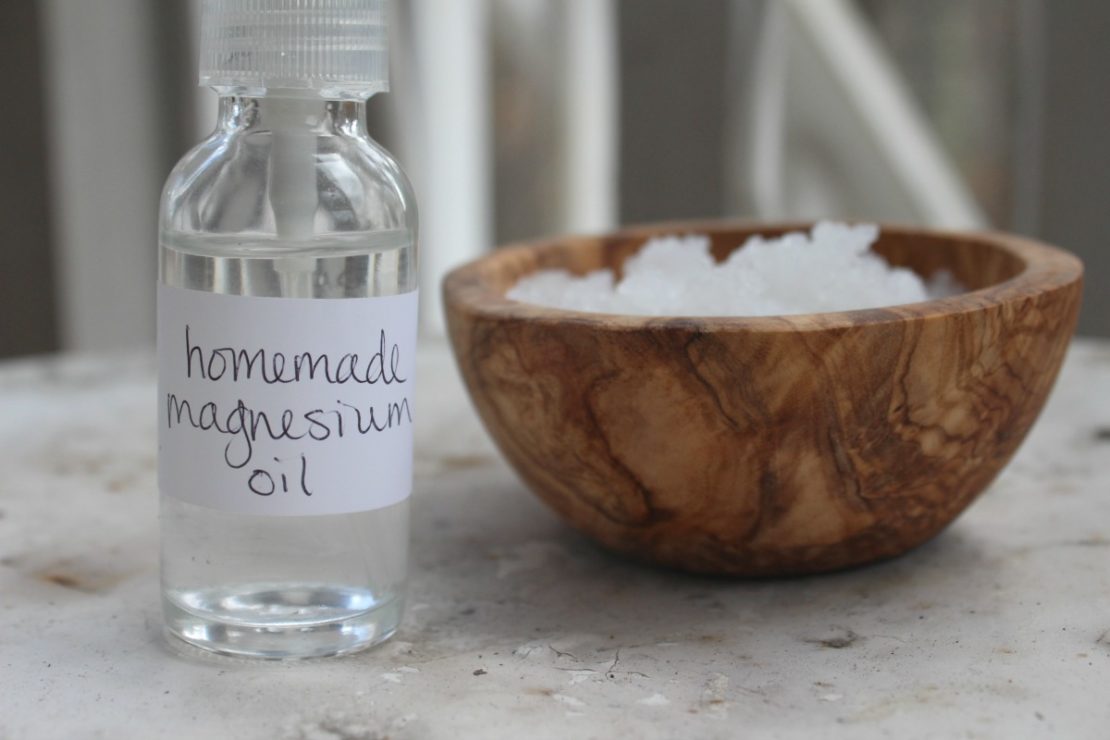
How To Make & Use Homemade Magnesium Oil To Benefit Your Health
Do you experience insomnia, constipation, leg cramps, or general stress and anxiety more than you’d like? If so, magnesium may be of some assistance to you.
Magnesium is an essential nutrient, but in this high-stress, fast-paced world we all seem to be lacking sufficient amounts of it. Did you know that other than getting magnesium naturally from food sources (such as spinach, almonds, pumpkin seeds, avocado, or yogurt) or taking it internally in your favorite multivitamin or supplement, it can be applied topically for additional health benefits?
In this blog post, we will explain some magnesium health benefits and teach you how to make your own homemade magnesium oil at home!
Magnesium Health Benefits
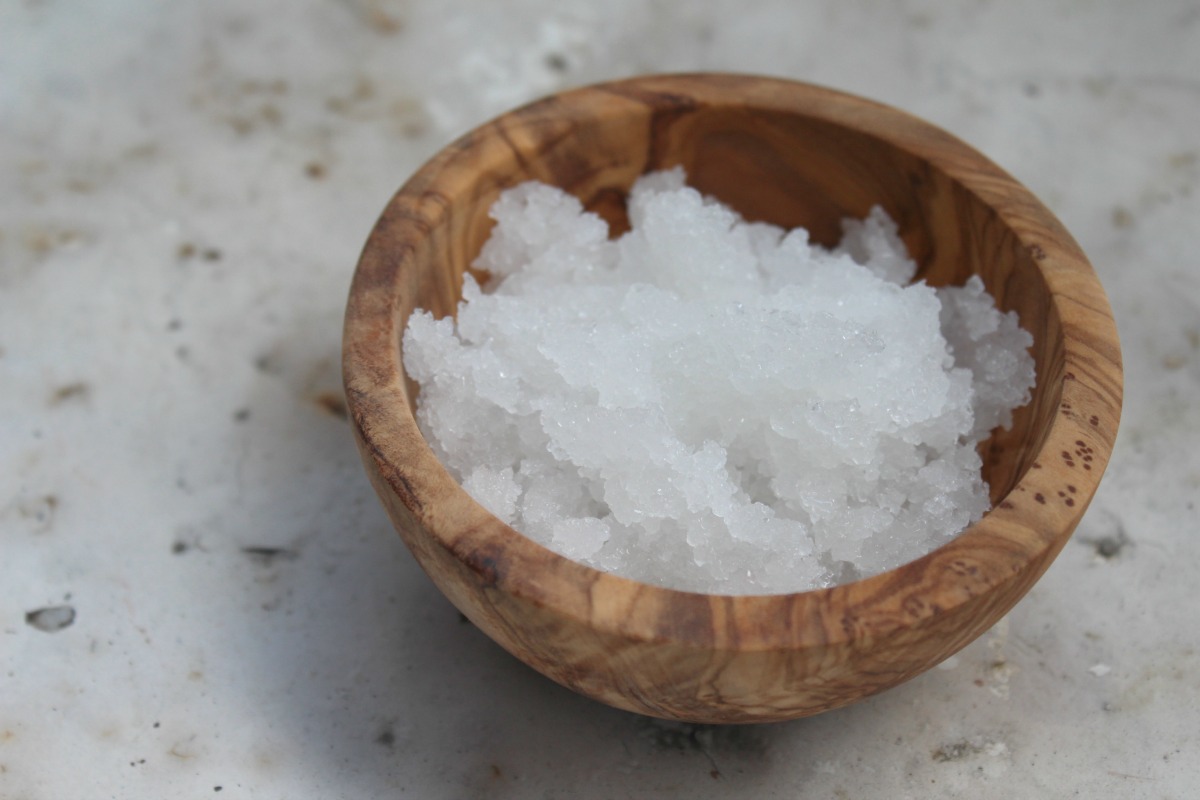
Responsible for over 600 enzymatic reactions including energy metabolism and protein synthesis, magnesium plays an important physiological role in the body and is essential for the health of the brain, heart, and skeletal muscles (De Baaij, Hoenderop, & Bindels, 2015). Magnesium also assists in calcium uptake and absorption (Balch, 2006).
The Recommended Dietary Allowance (RDA) of magnesium for adult men 19-30 years old is 400 mg, and for adult women, the RDA is a little less at 310 mg. For men 31-50+ years old, the RDA increases by 20 mg, and for women in that age range, it only rises by 10 mg (Berkheiser, 2018).
Magnesium deficiency is estimated to affect around 10%–30% of a given population (DiNicolantonio, O’Keefe, & Wilson, 2018). One supposed reason is that despite our constant pursuit of healthy eating, our food is grown in soil that has become devoid of many nutrients due to industrial agriculture and over-farming. Most fertilizers do not contain magnesium, leading to an insufficient amount of this mineral in the soil, thus resulting in food being grown without much magnesium content. Cooking and processing foods can also deplete magnesium, and the foods that magnesium naturally occurs in (whole grains, greens, nuts, and seeds) are, unfortunately, not as prevalent in the Standard American Diet (Dean, n.d.).
While the cause of magnesium deficiency isn’t known, there are a few contributing factors that may be correlated. As humans in this current culture of overwork, many of us are struggling from lack of sleep, constant stress, dependence on prescription drugs, and high alcohol, caffeine, and sugar consumption. These lifestyle factors cause our bodies to burn magnesium faster, therefore, contributing to a deficiency (Robbins, 2012; Tarasov, Blinov, Zimovina & Sandakova, 2015).
A deficiency of magnesium interferes with the transmission of nerve and muscle impulses (Balch, 2006) — leading to many health issues. Along with poor digestion and possible cardiovascular issues, a person with magnesium deficiency may experience muscle weakness, confusion, mood changes, muscle spasms, and insomnia (Balch, Stengler, & Balch, 2004).
Supplementing with magnesium can help to support the nervous and musculoskeletal systems in several ways.
- It can offer support during acute constipation by easing muscle tension in the gastrointestinal tract. Magnesium improves gut motility and retains water in the colon (Balch et al., 2004).
- In a double-blind trial of 81 people (ages 18-65) with migraines, a dose of 600 mg of magnesium per day was found significantly more effective than a placebo in reducing the frequency of migraine headaches (Peikert, Wilimzig, & Kohne-Volland, 1996).
- Magnesium is often used after vigorous exercise or sports to help the muscles recover and discourage soreness. Taking magnesium has also been shown to decrease symptoms of muscle pain and specifically leg cramps (Berkheiser, 2018).
- Many women may also find assistance with premenstrual syndrome (PMS) symptoms such as back pain and menstrual cramps (Gaynor, 2009).
- Magnesium can also help encourage sleep by helping the mind and body to relax (Berkheiser, 2018).
Which Type of Magnesium Should You Use
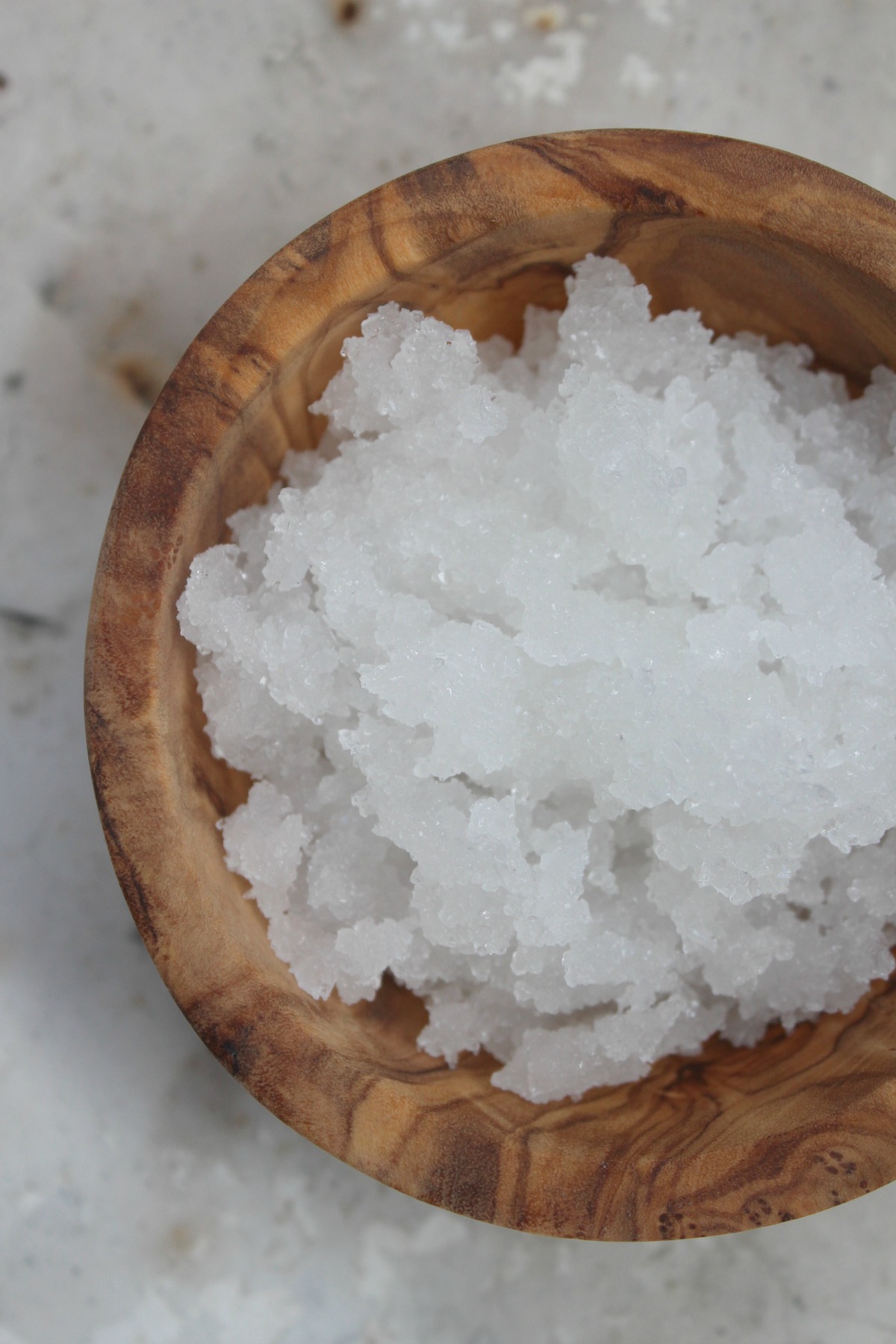
There are several forms of magnesium, but it is best to listen to your body when choosing the right form for you.
- Magnesium citrate is best for intestines and moving the bowels (it has a laxative effect so less is more for some people). My favorite form of magnesium citrate is a powdered form called Natural Calm. Taken right before bed, it is wonderful for relaxing your body and ensuring a good night’s rest.
- Magnesium glycinate is a chelated form of magnesium (which is believed to be more bioavailable) and does not affect the bowels.
- Magnesium malate and magnesium taurate are the best forms of magnesium for the heart, according to magnesium expert Morley Robbins.
- Magnesium chloride and sulfate are best used for foot or full body baths. Epsom salt, or magnesium sulfate, is quite affordable and a readily available form of magnesium for most people. Since Epsom salt is a sulfate, if you are sensitive to sulfur or sulfates, this may not be the best choice for you.
Sourced from Hay, Khadro, & Dane, (2014).
Internal Versus External Magnesium
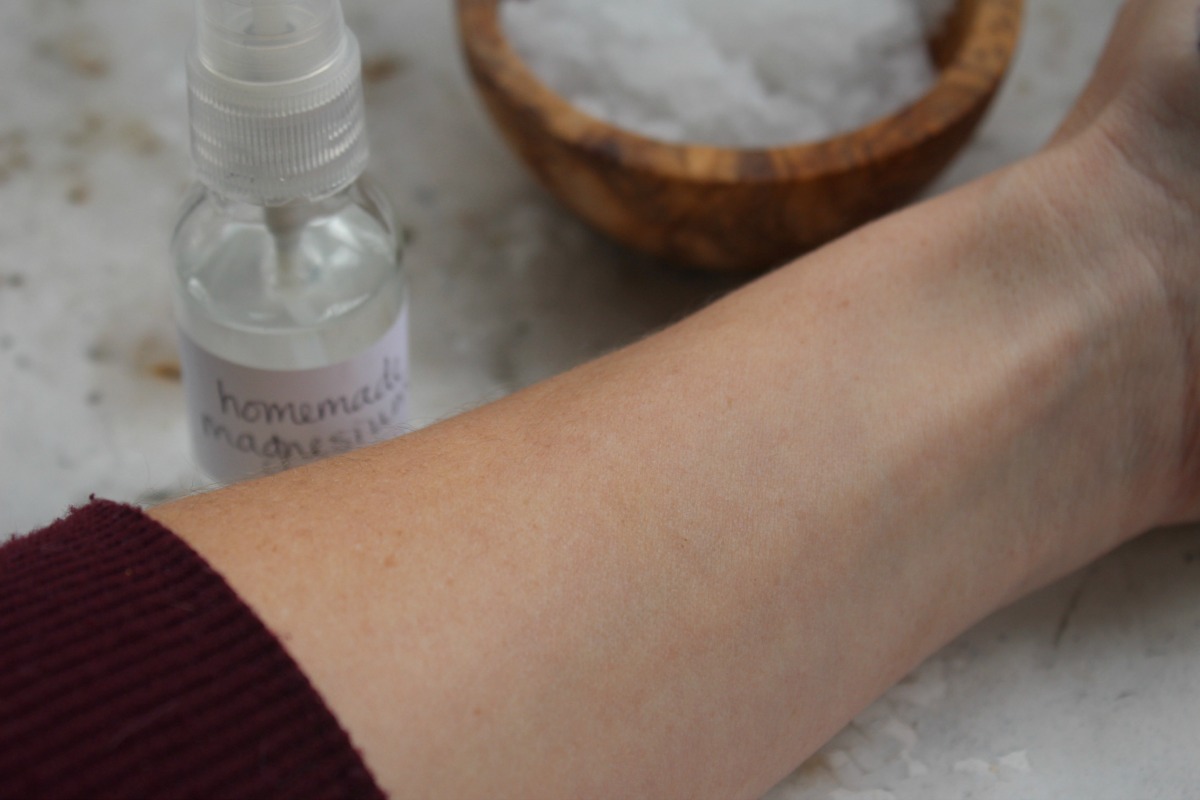
According to most findings, taking magnesium internally as a supplement is the most effective way to counter a magnesium deficiency. However, some evidence shows that for individuals with challenged digestive systems, applying magnesium externally on the skin may help to bypass the digestive tract, allowing them to absorb the magnesium more quickly and completely (Hay, Khadro, & Dane, 2014).
How effective are external magnesium applications at boosting serum magnesium levels? While there are many studies that support the use of topical magnesium, there are just as many that show a lack of support for it. The effectiveness of external magnesium is a topic of much debate with no clear answers — at least not yet.
A 2017 review by Grober, Kisters, Vormann, Werner, and Petty (2017) evaluated current literature and evidence-based data on transdermal magnesium application and found that the use of external magnesium wasn’t supported by science. They suggested that future research needed to be done on a larger number of human subjects using higher concentrations of magnesium for longer durations as a way to investigate whether a transdermal application is able to increase magnesium levels in the body.
Although high-quality studies are lacking that show the effectiveness of topical magnesium use, anecdotal evidence supports the external use of magnesium.
Personally, I prefer soaking in a warm bath of Epsom salt (magnesium sulfate) in an effort to relax. Ancient people have been using soaking therapies for years in the form of Dead Sea salt baths, mineral springs, mud packs, steams, and other natural topical applications. According to some studies, prolonged soaking in Epsom salts can increase blood magnesium concentrates, measured by rising urine levels (mean 94.81 ± 44.26 ppm/mL to 198.93 ± 97.52 ppm/mL) (Epsom Salt Council, n.d.). Despite these findings, this study was only published online via the website of an Epsom salt council, without any backing from a scientific journal.
At the end of a long day, I love relaxing my body and mind in a warm bath with salts and essential oils, but as a busy working mother and entrepreneur, there isn’t always time for lengthy self-care treatments. In place of a nightly bath, I like to use what I call “Bath-in-a-Bottle.” Bath-in-a-Bottle is simply homemade magnesium oil.
What About Magnesium Oil?
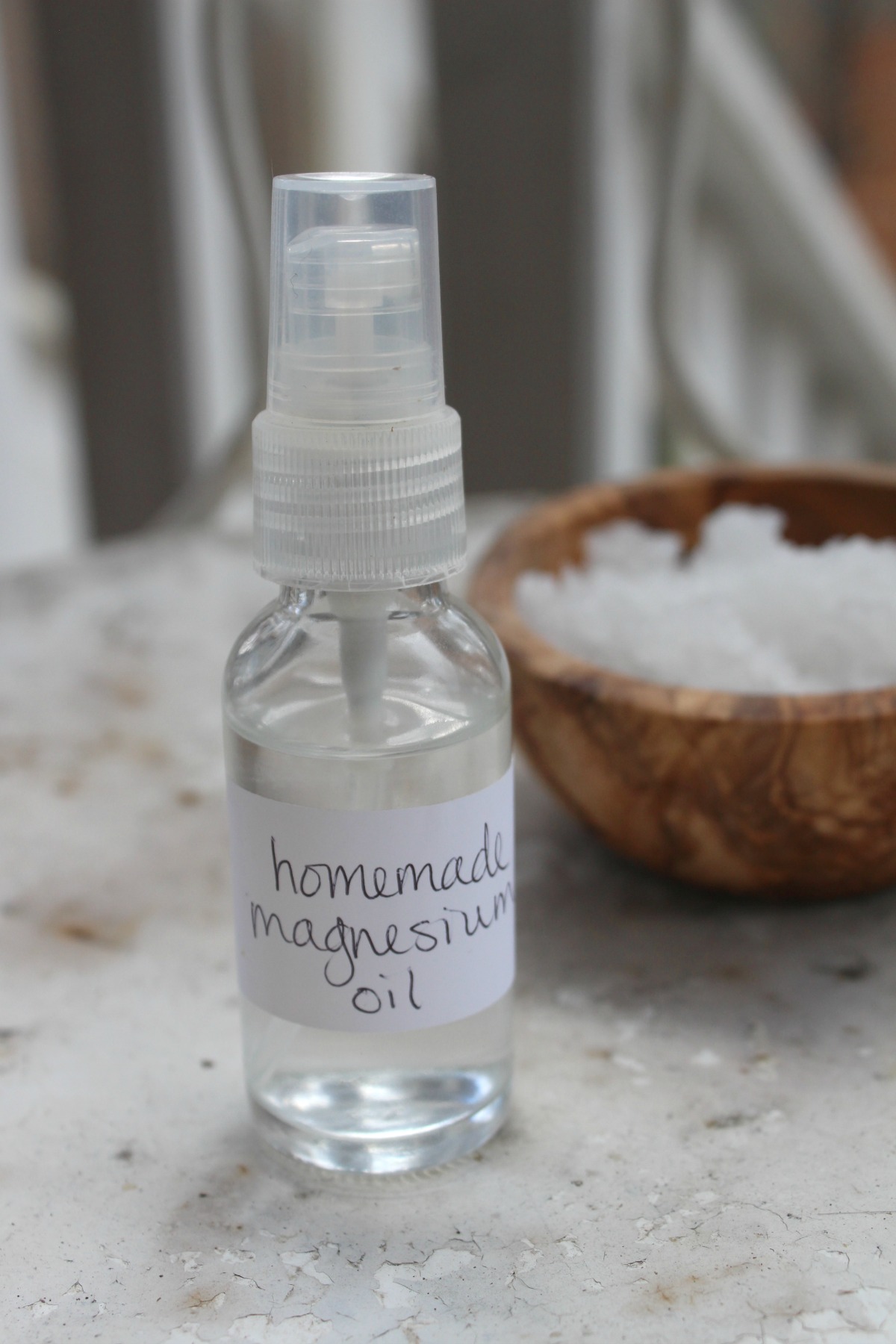
Magnesium oil is a blend of magnesium chloride flakes and water. When these two are mixed together, it creates a “brine” or a substance that has an oily feel. This easy-to-absorb form of magnesium may be able to raise magnesium levels in the body when applied to the skin (Whelan, 2018).
I apply magnesium oil to my sore legs, back, stomach, or feet before bedtime. There are some wonderful high-quality magnesium oils available for purchase now, but it is very easy and inexpensive to make a homemade magnesium oil in the comfort of your own home.
Most research has been done on supplementing magnesium through dietary and oral supplements. However, a 2015 study reported in the Journal of Integrative Medicine, found that transdermal application of magnesium chloride to people with fibromyalgia reduced their pain symptoms. The participants in the study were asked to spray magnesium chloride on their arms and legs twice a day for four weeks. Research shows that most magnesium is housed in muscle cells and that some people with fibromyalgia lack adequate amounts. (Whelan, 2018). The conclusion of the study suggested that transdermal magnesium chloride applied topically may be beneficial to patients with fibromyalgia (Engen et al., 2015).
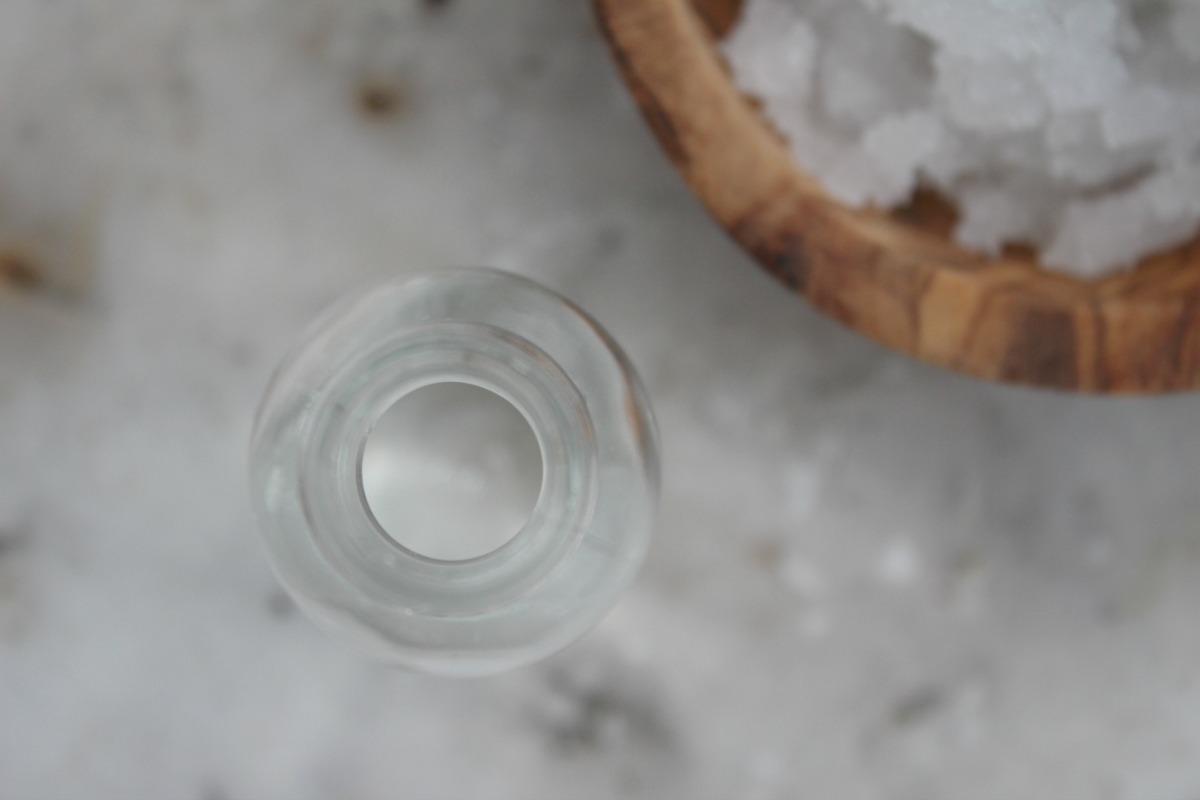
How To Make Homemade Magnesium Oil
½ cup magnesium chloride flakes
½ cup distilled water (to extend the shelf life)
Glass spray bottles
- Bring ½ cup of distilled water to a boil.
- Add ½ cup magnesium flakes to a glass measuring cup or bowl.
- Once water has boiled, pour it into the bowl of magnesium flakes and stir until the flakes completely dissolve.
- Let this mixture cool and transfer to labeled spray bottles for daily use.
- Store your homemade magnesium oil at room temperature for up to 6 months.
To Use:
Start by using just a few sprays on your skin; initially no more than five. Over the next few days, gradually work up to 10-20 sprays a day. I like to apply my homemade magnesium oil in the crook of my arms, back of my knees, and stomach for best absorption.
It is also wise to do a patch test on your skin (particularly if you have sensitive skin) before applying the spray all over your body. A lot of people may initially experience tingling or a slight itching sensation where the oil is applied. This can be relieved by applying aloe vera on the site or coconut oil about 20 minutes after applying the oil (to give it a chance to absorb properly).
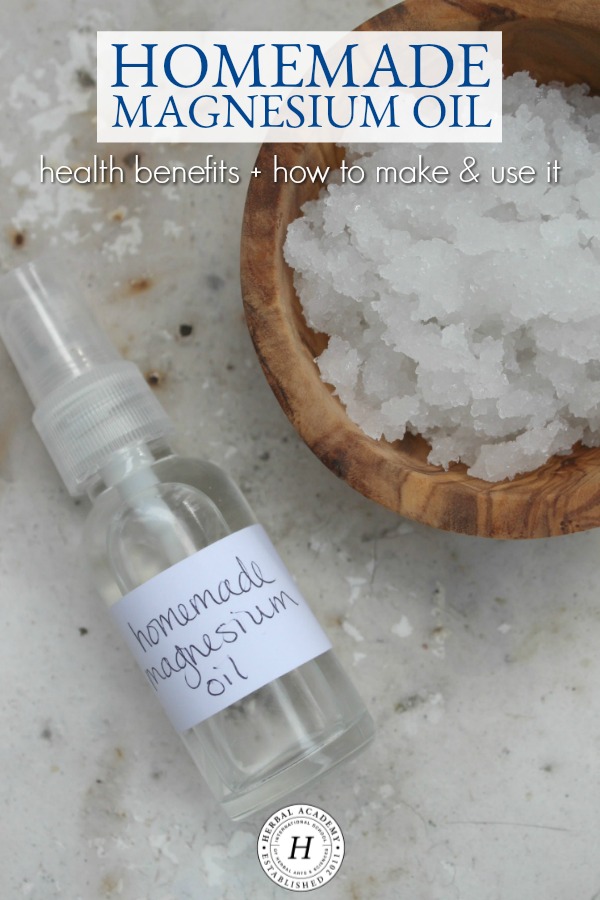
REFERENCES
Balch, J.F., Stengler, M., & Balch, R.Y. (2004). Prescription for natural cures. Hoboken, NJ: John Wiley & Sons, Inc.
Balch, P. A. (2006). Prescription for nutritional healing. New York, NY: Penguin Group.
Berkheiser, K. (2018). Magnesium dosage: How much should you take per day? [Online Article]. Retrieved from https://www.healthline.com/nutrition/magnesium-dosage
Dean, C. (n.d.). The magnesium miracle. [Blog post]. Retrieved from
https://drcarolyndean.com/magnesium_miracle/
De Baaij, J.H., Hoenderop, J.G., & Bindels, R.J. (2015). Magnesium in man: implications for health and disease. Physiol Rev, 95(1),1-46. doi: 10.1152/physrev.00012.2014
DiNicolantonio, J.J., O’Keefe, J.H., & Wilson, W. (2018). Subclinical magnesium deficiency: a principal driver of cardiovascular disease and a public health crisis. Open Heart, 5(1): e000668.
Engen, D.J., McAllister, S.J., Whipple, M.O., Cha, S.S., Dion, L.J., Vincent, A.,… Wahner-Roedler, D.L. (2015). Effects of transdermal magnesium chloride on quality of life for patients with fibromyalgia: A feasibility study. Journal Of Integrative Medicine, 13(5), 306-313. doi:10.1016/s2095-4964(15)60195-9
Epsom Salt Council. (n.d.). Report on absorption of magnesium sulfate (Epsom salts) across the skin. [PDF]. Retrieved from http://www.epsomsaltcouncil.org/wp-content/uploads/2015/10/report_on_absorption_of_magnesium_sulfate.pdf
Gaynor, B. (2009). Pre-menstrual Syndrome and Diet [Abstract]. Journal of Nutritional & Environmental Medicine, 8(1), 65-75. doi: 10.1080/13590849862302
Gröber, U., Kisters, K., Vormann, J., & Werner, T. (2017). Myth or reality-transdermal magnesium? Nutrients, 9(8): 813. doi: 10.3390/nu9080813
Hay, L., Khadro, A., & Dane, H. (2014). Loving yourself to great health. Carlsbad, CA: Hay House, Inc.
National Institute for Health. (2018). Magnesium fact sheet for health professionals. [Online Article]. Retrieved from https://ods.od.nih.gov/factsheets/Magnesium-HealthProfessional/
Peikert, A., Wilimzig, C., & Kohne-Volland, R. (1996). Prophylaxis of migraine with oral magnesium: Results from a prospective, multi-center, placebo-controlled and double-blind randomized study. [Abstract]. Cephalalgia 16, 257-63.
Robbins, M. (2012). How to restore magnesium in 3 steps. [Online Article]. Retrieved from http://gotmag.org/how-to-restore-magnesium/
Tarasov, E., Blinov, D., Zimovina, U., & Sandakova, E. (2015). Magnesium deficiency and stress: Issues of their relationship, diagnostic tests, and approaches to therapy. Ter Arkh, 87(9):114-122. doi:10.17116/terarkh2015879114-122.
Whelan, C. (2018). Magnesium oil. [Online Article]. Retrieved from https://www.healthline.com/health/magnesium-oil-benefits








